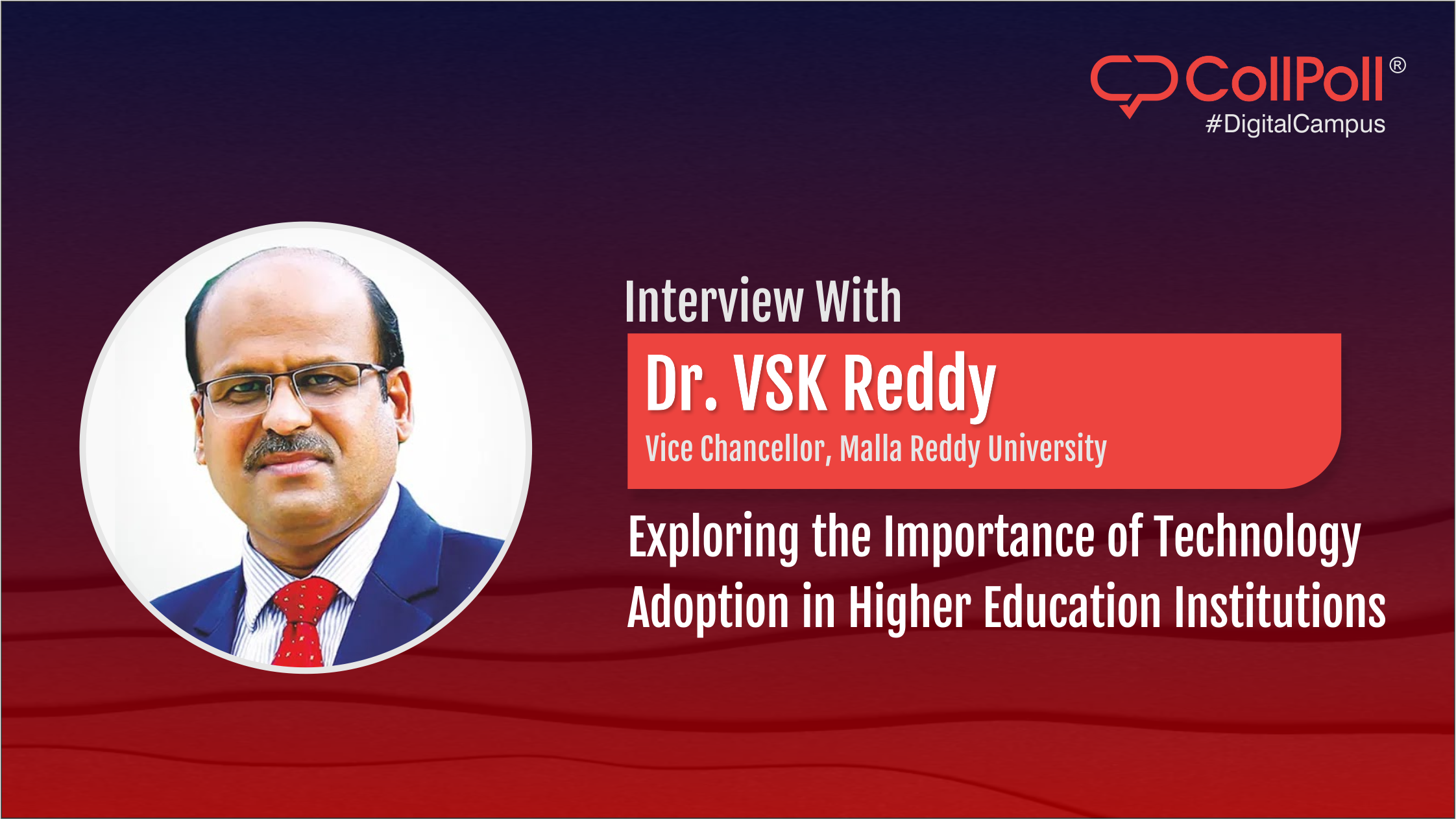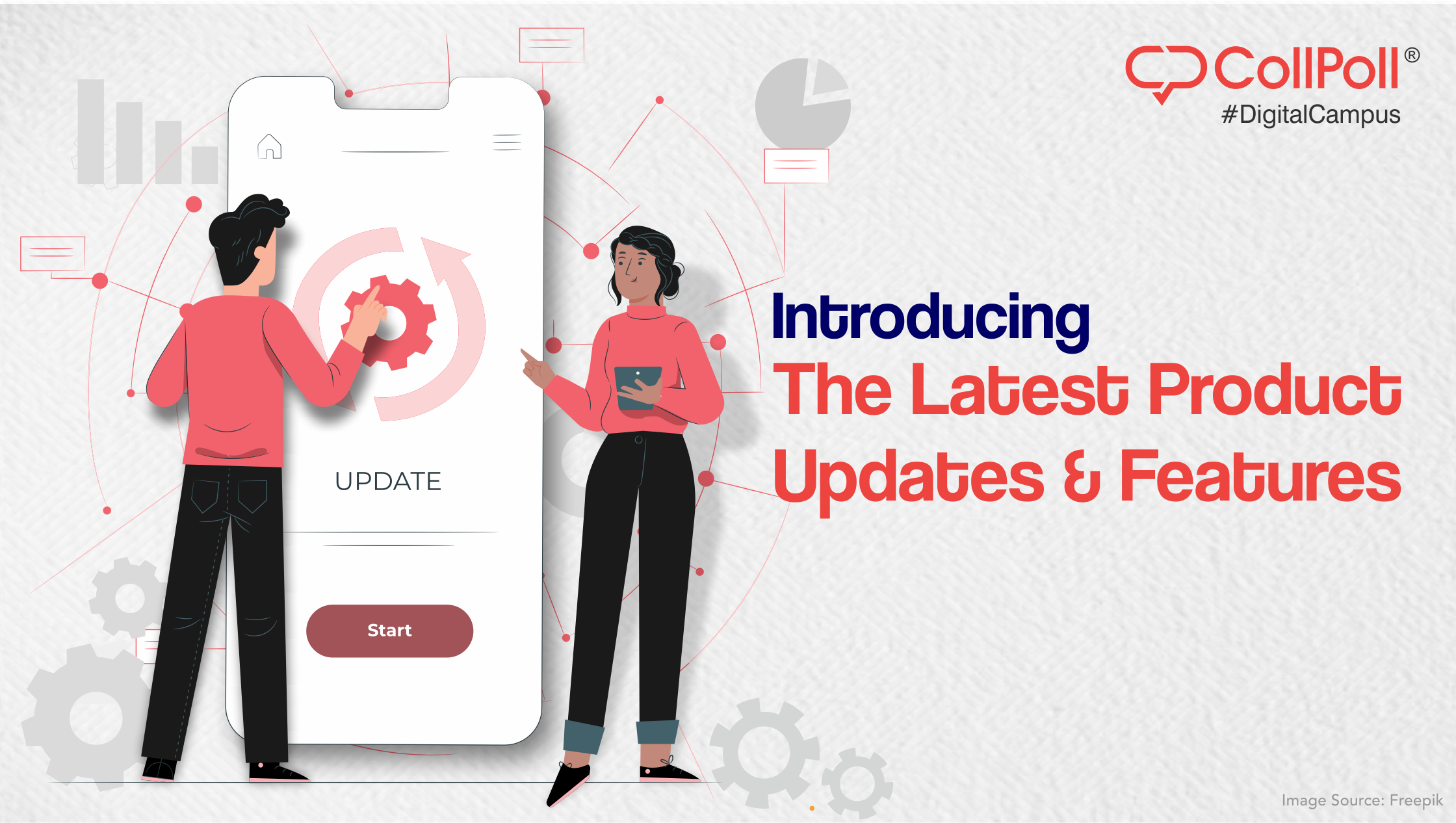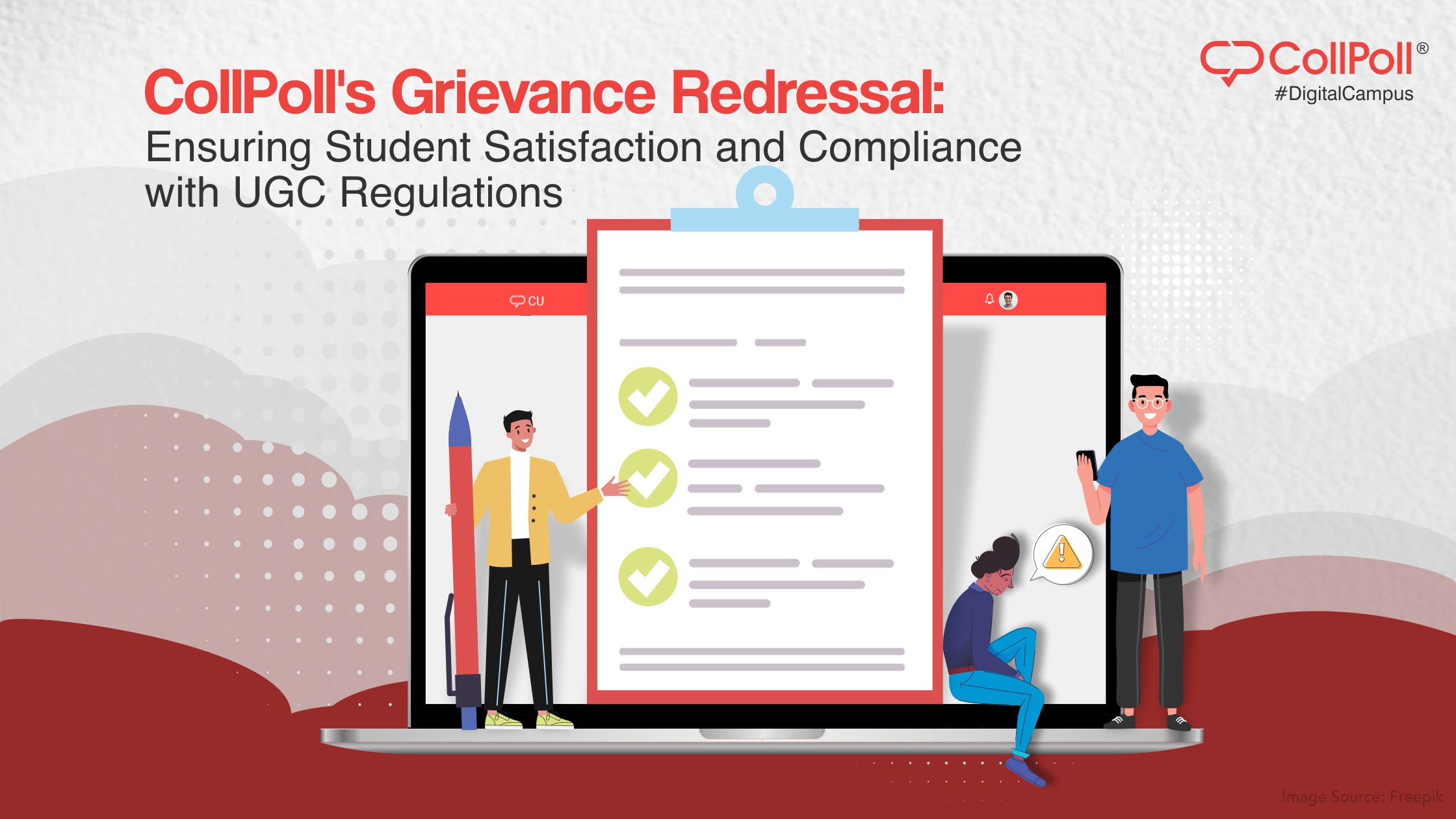This post was originally shared on LinkedIn by Dr. Murli Nagasundaram – https://www.linkedin.com/pulse/higher-education-time-covid19-surviving-pandemic-murli-nagasundaram
Disaster strikes. The COVID19 pandemic sweeping across the globe has struck academic institutions like a tsunami. In a matter of days, institutions had to cease normal processes, send students back home, and figure out how to continue academic and administrative operations at least till the end of the current academic term. Classes had to continue and evaluations carried out without skipping a beat.
In addition, recruitment teams that could no longer meet in person had to find ways to do everything necessary to recruit students for the coming year. Students had to graduate, new faculty hired, fund raising had to continue … and a whole lot of other administrative processes normally not visible to the public had to be executed. How does any institution radically transform practically every aspect of education overnight without sacrificing quality? How can one preserve all the attributes that attracted students, faculty and future employers to one’s institutions as well as brand value, in the midst of the biggest disaster to strike the world in a century?
A few weeks ago, faculty, students, and administrators were chagrined to discover that methods and processes or learning and administration that had been in place for decades, or even centuries, had become entirely unviable. Institutions now needed to invent new, reliable means of instruction, evaluation, administration, recruitment, and credentialing, among others, in under a week–with a gun pointed to their heads. Methods that they might have never experimented with, or even considered adopting, mere days earlier, had now became unavoidable.
First, the bad news. Many institutions will never recover from this shock and will be compelled to down their shutters. While institutional closures have been occurring over the past few years, these have been the result of normal market forces: institutions that offered products and services that addressed the needs of the market thrived, while those that were out of sync suffered Darwinian extinction. COVID19 will now accelerate closures over the coming 12 months. This is not because the institutions no longer have anything useful to offer, but because the environment will soon become so radically different, that many institutions will suddenly find they have suddenly become the dinosaurs of academia–they can no longer keep pace with the sector, and in many cases, barely will be able to operate at all.
While nobody wants to belong to this Jurassic species, wishful thinking is not going save any institution. The writing is on the wall: change rapidly, or perish. While top rated institutions can bank on their reputations and track records to weather the storm–even if lacking in nimbleness–most others will either need to transform quickly or begin crafting their epitaphs. The old thinking about how to run academic institutions no longer applies. It’s a whole new world staring us in our faces, whether or not we wish to see it.
This pandemic is merciless–it doesn’t care about how admirably an institution may have achieved its goals thus far. The way forward requires abandoning long-established approaches and strategies and adopting or inventing entirely new ones. The institutions that survive, even thrive, will accept and work towards participating in the emerging reality. Those that resist or defer transformation until clarity emerges, will be swept away and forgotten.
Now for the good news. As cruel as nature can be, she tends to be kind to those that actively adapt to changing circumstances. Entirely new opportunities, previously inconceivable, will emerge from the ashes of the Pre-COVID-19 World Order. Fortunately for institutions, the global information technology infrastructure that has been established over the past few decades offers the foundation for creating an entirely new vision and strategy for academic institutions.
Builing upon this foundation, many different kinds of education technologies–EdTech–are now available for Post-COVID-19 (PC19) institutions. I use the term PC19Ed for the institutions that are going to survive this tsunami, for many will not. These EdTech are essential for successfully administering PC19Ed institutions through the present and potential calamities to come (including secondary and tertiary spikes of COVID-19, as occurred with the Spanish Flu of century ago, that took between 10-20 million Indian lives, and perhaps four or five times as many of people in the rest of the world. A COVID-19 vaccine is nowhere in sight yet.)
Institutions need to be prepared to perform every academic and administrative function using technology alone, should another disaster strike (and this is no longer a theoretical matter; that another global disaster will strike, perhaps within another decade, is practically a given). Preparing for a future disaster should happen now, for the next time, nobody will have the time or means to adapt.
The Enchanted Forest of EdTech. There is a mind-boggling variety and number of technologies and applications to enable and support education, whether in face-to-face, or remote/distributed contexts. These technologies each target a different set of academic functions and processes. There is no comprehensive technology or suite from a single vendor that can satisfactorily address every institutional requirement.
Consequently, institutions will need to get used to assembling their own suite of technologies from offerings available in the market. This exercise is fraught with peril, however: institutions that expect that all these varied technologies will play well with each other will be in for a rude shock. Most vendors build products and services in isolation from other offerings in the market. While a vendor’s product might very well satisfy a specific need at an acceptable cost, the effort and heartbreak involved in integrating the product with technologies already in use by the institution might render the product unsuitable.
The Way Ahead. Thus, institutions should chart out a vision, strategy and plan for running their institutions as much possible through the use of information technologies. Any gaps not addressed by current technologies will be filled in the coming years, with hope, before the next disaster strikes. It would be a grave mistake to wait until the perfect, unified platform for academic institutions arrives–such a unicorn neither exists, nor can we expect it to magically emerge. The world does not sit still while we wait, and the shape of academia will constantly evolve in the future.
Vision, strategy and plan in hand, institutional teams should try to acquire technologies that satisfactorily address as many functions and processes of academic institutions as is feasible. While planning for the acquisition of these technologies, institutions need to ensure that the technologies that they acquire can inter-operate seamlessly and efficiently.
ERP. A technology often used by a variety of organisations is the ERP (Enterprise Resource Planning) system. First developed for large, multinational corporations, ERPs have been around for decades. Some ERPs have been specially tailored for the needs of academic institutions. ERPs address some needs of institutions well, but they are typically resource intensive, expensive to operate, require trained staff, and often not easy to use. Institutions employ them as one would suffer a bitter pill: essential but unpleasant.
CollPoll: My Part in the World of EdTech. I have been personally associated for many years in an advisory role with a company called CollPoll (LinkedIn Page) which offers an EdTech product of the same name. CollPoll is a technology that addresses the drawbacks of ERPs, delivering many of their benefits, but also providing functions that go well beyond. Running on a cloud-based platform, CollPoll is extremely easy to use and is accessible via a mobile-phone app. The target users and stakeholders of CollPoll are students, their parents/guardians, faculty, and institutional administrators. CollPoll will be adding functions that make it useful for alumni, potential employers and other stakeholders.
CollPoll has an app-based learning management systems (LMS) which works seamlessly with the most popular video-conferencing platform used by institutions, Zoom. There is an option to add links to other platforms as well. These technologies together constitute a suite that effectively, efficiently, and seamlessly perform the key functions and processes of an academic institution.
CollPoll has features that specifically address the needs of institutions in the grip COVID-19. Click here to learn more.
Next Steps. COVID19 is a disaster, but also a godsent opportunity to clean house and prepare for a radically transformed world–and educational landscape. The time to start strategising is now, even while scrambling to survive the storm. Approaches and technologies to which one may have merely given a cursory glance have now become essential for institutional survival. Gather all the people in your institution that could help shape your institution’s future–not just the board or the technical staff, but anyone with some relevant insight and skill–and call a meeting of your newly constituted Tech Team. Then scour the internet and call EdTech vendors for consultations. And make sure that among the first of those calls is one to CollPoll.
Links: CollPoll | CollPoll LinkedIn Page | CollPoll’s COVID-19 Mitigation Features






